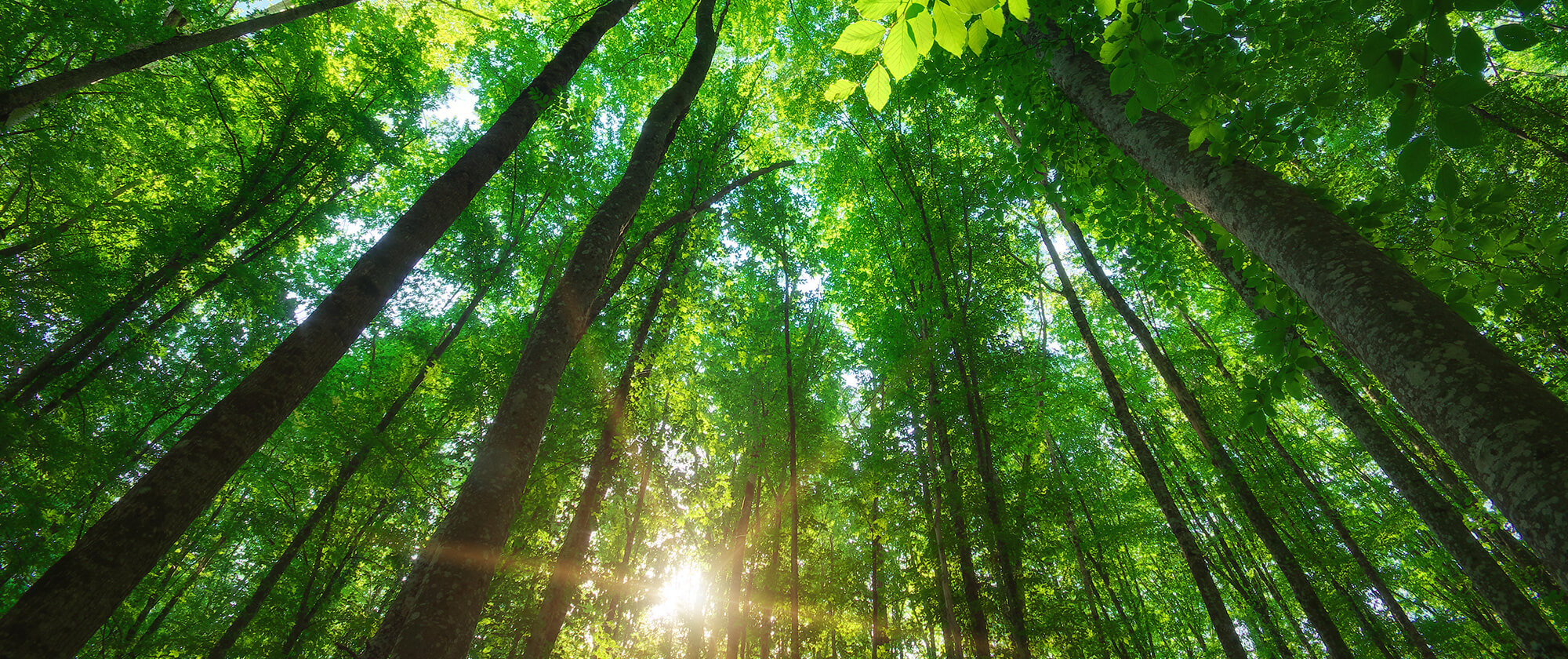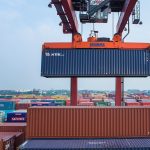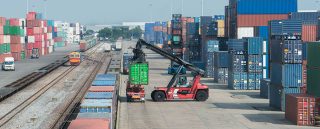Speech by Inger Andersen, Under-Secretary-General of the United Nations and Executive Director of the UN Environment Programme to commemorate World Environment Day 2020.
World Environment Day is a day of celebration. It is a day upon which, for over forty years, people the world over have advocated and acted for a healthy environment. From beach clean-ups to mass tree-planting to marches, individuals, communities and governments have come out to stand shoulder-to-shoulder for our planet.
This year, we cannot take to the beaches, forests and streets. We must stay at home, keep our distance and mark World Environment Day virtually. This is because we all stand in solidarity with those suffering from the global pandemic. We need to protect the sick, the poor and the vulnerable from the worst ravages of this disease. In particular, our thoughts are with the Americas, where the pandemic is now hitting hard.
I pay tribute to Colombia, this year’s World Environment Day host nation, for making this event happen, and to the many thousands of advocates honouring this day with their own virtual events during these difficult times.
While these online celebrations are a tribute to human commitment and ingenuity, the fact that we have to do it this way means something is terribly wrong with human stewardship of the Earth. This virus is not bad luck, or a one-off event that nobody could see coming. It is an entirely predictable result of humanity’s destruction of nature – which will cause far greater suffering if left unchecked.
Humanity’s unhealthy relationship with nature
The science does not lie. We can tell much of the story of the damage our species has wrought with a few facts.
- Humanity has altered 75 per cent of the Earth’s ice-free surface.
- Since 1990, 420 million hectares of forest, equal to three times the size of South Africa, have been lost.
- Nearly one million species face extinction, while the illegal wildlife trade is the fourth largest illegal trade crime in the world.
COVID-19, which was transmitted from animals to humans, is a direct warning that nature can take no more. COVID-19 is zoonotic, a type of disease that transmits between animals and humans. We are facing it in large part because humanity’s expansion into wild spaces and exploitation of species brings people into closer contact with wildlife. COVID-19 may be one of the worst, but it is not the first. 75 per cent of all emerging infectious diseases are of zoonotic. origins. Ebola, SARS, the Zika virus and bird flu all spread from animals to people, often due to human encroachment on nature.
But zoonotic illnesses are not the only warning sign that the degradation of nature is threatening health, peace and prosperity.
As ecosystems and biodiversity fall to cities, agriculture, infrastructure, climate change and pollution, nature’s ability to provide food, oxygen, clean water and climate regulation plummets. This directly impacts human health and wealth.
Meanwhile, the climate emergency has not gone away. CO2 levels in the atmosphere hit an all-time high in early May. In April, the World Meteorological Organization said temperatures have increased 1.1 degrees centigrade above pre-industrial levels. We are seeing the consequences in bushfires, acidifying oceans and locust invasions – which could push millions of people in East Africa into hunger.
And while greenhouse gas emissions may dip this year because of lockdowns, we should not celebrate. Think of the atmosphere as a bathtub, and emissions as the water that flows from the tap. We have only turned down the tap slightly. The tub is still filling. This means, as Joseph Stiglitz and other luminaries recently said, we face going out of the COVID frying pan into the climate fire.
COVID-19 recovery packages can spark change
So, lockdowns are not a silver lining for the environment. They have, however, shown that nature can still flourish, if we give it the chance. During the lockdowns, we saw air pollution clear and nature coming out of hiding – from penguins wandering the streets of Cape Town to kangaroos bouncing through Adelaide. This gives us a glimpse into how much better our lives could be if we lived in harmony with nature. But we need to make this happen in a way that lasts.
Now is not the time to set aside environmental laws and norms in the name of recovery, as we have seen done in some places. We need to strengthen environmental protection to build back better. We have the opportunity to do just that.
Governments have already invested trillions of dollars to stabilize our economies and protect the most vulnerable. They will invest trillions more to restart our economies. These funds should be aligned with pro-nature growth in line with the Sustainable Development Goals, the Paris Agreement and the upcoming global framework on biodiversity. These agreements form the only viable global roadmap to protecting the natural world that sustains us and lifting billions of people out of poverty.
But what does this actually mean?
- It means investments and policies that focus on investments in “nature’s infrastructure” for climate regulation: our wetlands, forests, mangroves and more besides.
- Keeping wild spaces wild, stopping deforestation and restoring degraded land to protect biodiversity, boost food production and store carbon.
- Making agriculture biodiversity positive.
- Integrating natural infrastructure with built infrastructure to reduce climate impacts and bring biodiversity back.
- Backing sustainable production and consumption to conserve the planet’s resources.
- Ending fossil fuel subsidies and making renewable energy the future.
- Retrofitting our built infrastructure to be more energy efficient.
- Investing in public transport expansion and bicycle paths.
These are all smart investments. COVID-19 has killed hundreds of thousands of people and shrunk the global economy by trillions of dollars. Climate change, pollution and biodiversity carry price tags that are heftier and longer lasting. But if we make the right investments, we don’t just avoid future damage. We make everyone’s lives better.
COVID-19 has hammered home that addressing inequality is one of humanity’s biggest pieces of unfinished business. The World Bank estimates that COVID-19 is likely to cause the first increase in global poverty since 1998. We cannot afford to delay environmental action, as it is the poorest and most vulnerable that will suffer the most.
Time for nature
This is why we say it’s time for nature. If anyone needs further convincing, perhaps it is useful to highlight some numbers that show what nature already gives us, and how much more it could give if we treat it with the respect it deserves.
- Around half of global GDP depends on nature.
- Our oceans and forests sustain billions of people and provide green jobs – 86 million green jobs from forests alone.
- Four billion people rely primarily on natural medicines.
- Natural climate solutions – such as afforestation and using greenery to cool our cities and buildings – can provide around one-third of the emissions reductions needed to meet the goals of the Paris Agreement.
Nature is of even greater significance in Colombia and the wider Latin American region, home to the Amazon and so much more.
- 6 countries in the region are considered megadiverse: Brazil, Colombia, Ecuador, Mexico, Peru and Venezuela.
- The economic value of terrestrial nature’s contributions to people in the Americas is estimated at USD 24.3 trillion per year.
- The world’s top biodiversity body, IPBES, estimates that restoring degraded lands in Latin American and the Caribbean could bring USD 23 billion in economic benefits in the next 50 years.
These benefits are in clear and present danger. But Colombia and other nations are aware of this. They are acting.
- Colombia adopted national strategies on the circular economy, electric mobility and low-carbon development.
- The National Council to Combat Deforestation and other Environmental Crimes, established in 2019, reported a reduction of about 50 per cent in some of the deforestation hotspots during the last quarter of 2019.
- At the World Economic Forum in January, President Duque announced Colombia’s target to plant 180 million trees by August 2022.
- In Latin America and the Caribbean, 24 per cent of land is designated as protected, as opposed to the global average of 15.2 per cent.
But we all have to do a lot more, including my organization.
Working in partnership: the role of UNEP
Everything UNEP does is geared towards creating a healthy natural world that will support human health, peace and prosperity for generations to come.
- When UNEP publishes science to help governments design and implement the right policies, it is for nature.
- When UNEP provides technical advice on issues as diverse as ecosystem fragmentation, circularity, and food waste, it is for nature.
- When UNEP works through its network of global multilateral agreements – the glue that binds the international community together on environmental action – it is for nature.
- When UNEP collaborates with the private sector to encourage banks, businesses and investors to shift their investments towards sustainability, it is for nature.
- When UNEP creates partnerships and coalitions across the UN system, governments, the private sector and civil society to accelerate action on climate change, sustainable consumption and production, biodiversity loss and pollution, it is for nature.
Everything UNEP does is in partnership. This is because the world is too big and interconnected for anybody to go it alone in the face of the environmental problems challenging our species. Isolationism and short-termism will help no one in the long run. Countries cannot close their borders to climate change or biodiversity loss.
Today, on World Environment Day, I call on all everyone to work together to protect the nature that supports us all. The stronger our planet’s life support systems are, the better human health and wealth will be.
It is, without a doubt, time for nature.
About the author:
Inger Andersen is the Under-Secretary-General of the United Nations and Executive Director of the UN Environment Programme
NOTE: This speech has been republished with permission from the original source link:
https://www.unenvironment.org/news-and-stories/speech/it-time-nature-world-environment-day-2020














